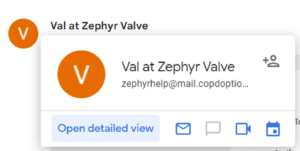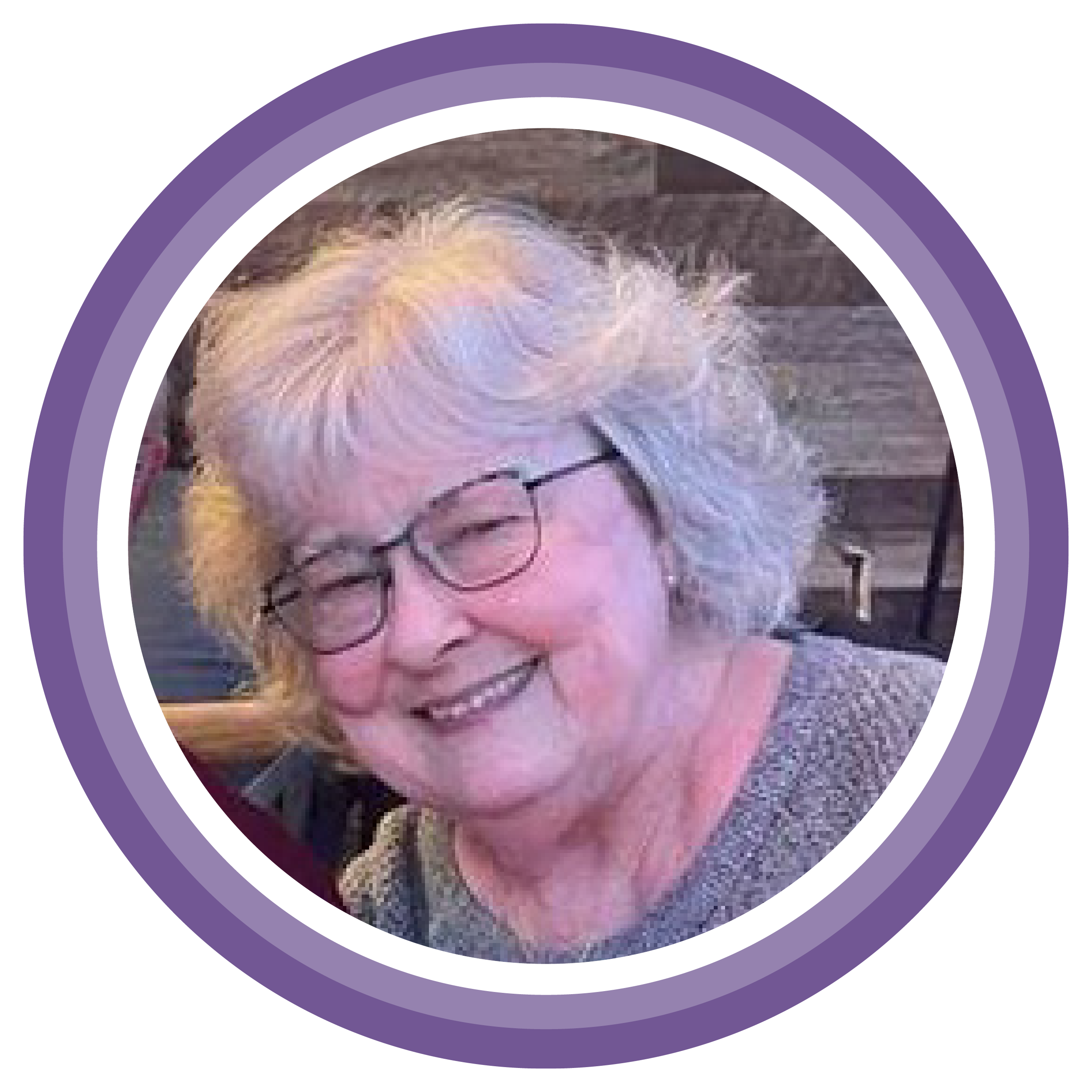
Sandy‘s Story
“Even though it’s not a cure, I do feel that the Zephyr Valves saved my life. If my physician did not bring this option to me and connect me with the treating team, I was going to hospice and end-of-life care. I just thank God for this treatment.”

Procedure Details:
Age at Treatment: 70
Hospital: North Memorial Hospital, Minnesota
Date of Procedure: June 2021
Life Before Zephyr® Valves:
In the early days after my COPD diagnosis, my symptoms were manageable, but as it progressed it was hard to keep up with my job as a house cleaner. I had to give that up by age 64. I was still able to take care of things at home, do small projects, and babysit for my grandchild a couple days a week.
I tried lots of different medications and they gave me some relief. I was on a low dose of oxygen for 2–3 years, just to help with exercise. It was around age 67–68 when I started having serious issues. One day I went to put fresh sheets on the bed and I simply couldn’t do it. I know the correct way to move and how to get rid of the CO2 but still, I just couldn’t do it. Eventually, I had to be sitting down just to chop celery. If my grandkids had the slightest symptom, my sons knew not to bring them over. They didn’t want to risk me catching anything. My husband Steve was a great help and my sister-in-law lives with us, so between the two of them, they were taking care of me and everything else.
I was hospitalized five times, twice by ambulance. Each time was a 2–5 day stay. In November 2020, I had a major flareup. I’ll never forget it. I tried to walk and almost passed out. It was very scary. This was a turning point. I needed oxygen 24/7 and had to use a walker to get around. Even with the walker and O2, I would need to stop and catch my breath. I began sleeping most of the day. I used to love doing yardwork, planting flowers, and digging in the dirt. I loved making things. My passion was knitting and crocheting, but as my disease worsened and I became homebound, I lost interest in all my hobbies.
It felt like there was nothing more they could do for me. Treatments only worked temporarily. The bottom line is emphysema is a terminal disease. One of my home nurses suggested I look into hospice. I resigned myself to the fact that “it is what it is” and that left me feeling very sad and depressed. I decided I would sign up for hospice and they were going to send out one of the nurses the following week for me to sign paperwork.
A couple days later my doctor, Dr. Madhu Kannapiran, called at what seemed ‘out of the blue’. One of the nurses in his office, Julie Dahl, APRN CNP, asked him if he told me about the Zephyr Valves. He said if I wanted to explore this further, he would contact Dr. Eric Stoy, who does the valve procedure at North Memorial Hospital. My thought was “I’ve got nothing to lose, and I am more than willing to try.” So, he said to “cancel hospice and let’s figure this out.” Dr. Stoy called me and we talked about the procedure, risks, etc., and we decided to go for it. They were fast about it because they knew I didn’t have much time. Within a month I was scheduled to have my valves.
The best part is that we now have three grandchildren and I can enjoy spending time with them again. Since having the valves, we are able to go to their sporting events. It’s so much fun! We just went to my granddaughter’s basketball game and I didn’t even bring my walker.
– Sandy
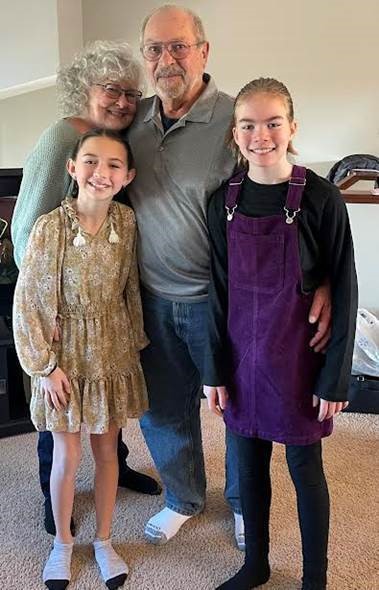
Life After Zephyr® Valves:
I had my procedure with no complications. By the time we returned home from the hospital, I could feel the difference in my breathing. I could stand up on my own. I could walk from the bedroom to the kitchen without help. Eventually, I could take a bath and wash my hair. It is truly the basic things we take for granted that make the biggest difference. I feel as though I’m a human being again.
Dr. Stoy called to check on me and I said “I am so grateful for you and thank God for you.”
I am back doing household chores, like cooking and laundry. I still use oxygen, but I can do low impact cardio now. It was hard to go places because it took me so long to get ready, but now my husband takes me to anywhere I want to go. I can walk and don’t necessarily need my walker, but I take it just in case.
The best part is that we now have three grandchildren and I can enjoy spending time with them again. Since having the valves, we are able to go to their sporting events. It’s so much fun! We just went to my granddaughter’s basketball game and I didn’t even bring my walker.
I understand that it doesn’t work on everyone. We prayed about it, and for the doctor and the people who make the valves. What I would tell people thinking about the valves is to use your common sense and really educate yourself about the procedure, the benefits, and the side effects.
“Even though it’s not a cure, I do feel that the Zephyr Valves saved my life. If my physician did not bring this option to me and connect me with the treating team, I was going to hospice and end-of-life care. I just thank God for this treatment.”
Results may vary.
Caution: Federal law restricts this device to sale by or on the order of a physician.
¹Criner, G et al. Am J Resp Crit Care Med. 2018; 198(9):1151‒1164.
US-EN-1833-v1
What is the Zephyr Valve procedure?
The Zephyr Valve has been shown to help patients breathe easier, do more, and enjoy life.1
Despite taking the best available medications, many patients with severe COPD/emphysema suffer from hyperinflation of their lungs where air becomes trapped in the lungs, preventing fresh air from entering and thereby causing severe shortness of breath.
The Zephyr Valves reduce lung hyperinflation by allowing trapped air to escape and preventing new air from entering that diseased lobe. This allows the healthier parts of the lung to function better and results in patients being able to breathe more easily and experience less shortness of breath.
The valves are placed via bronchoscopy, with no incision or cutting, so these benefits are achieved without the risks of traditional surgical options. The procedure is usually complete in under an hour.
Complications of the Zephyr Endobronchial Valve treatment can include but are not limited to pneumothorax, worsening of COPD symptoms, hemoptysis, pneumonia, dyspnea and, in rare cases, death.
Results may vary.
Caution: Federal law restricts this device to sale by or on the order of a physician.
¹Criner, G et al. Am J Resp Crit Care Med. 2018; 198(9):1151‒1164.
US-EN-1833-v1
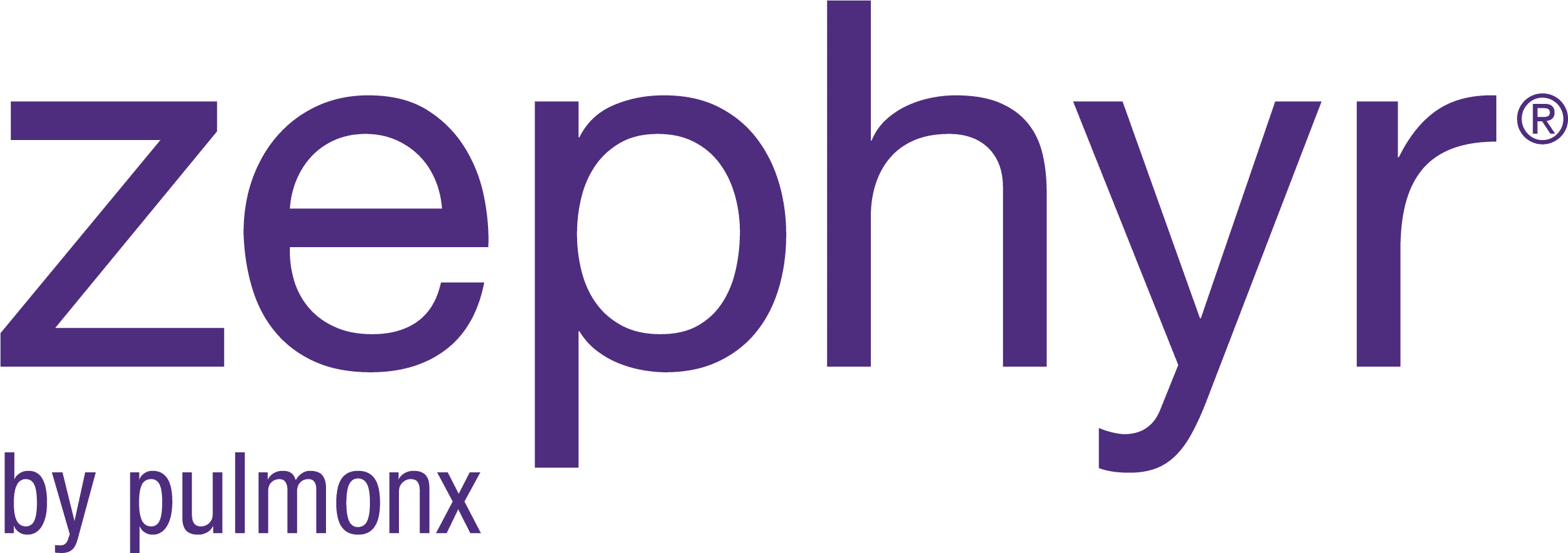
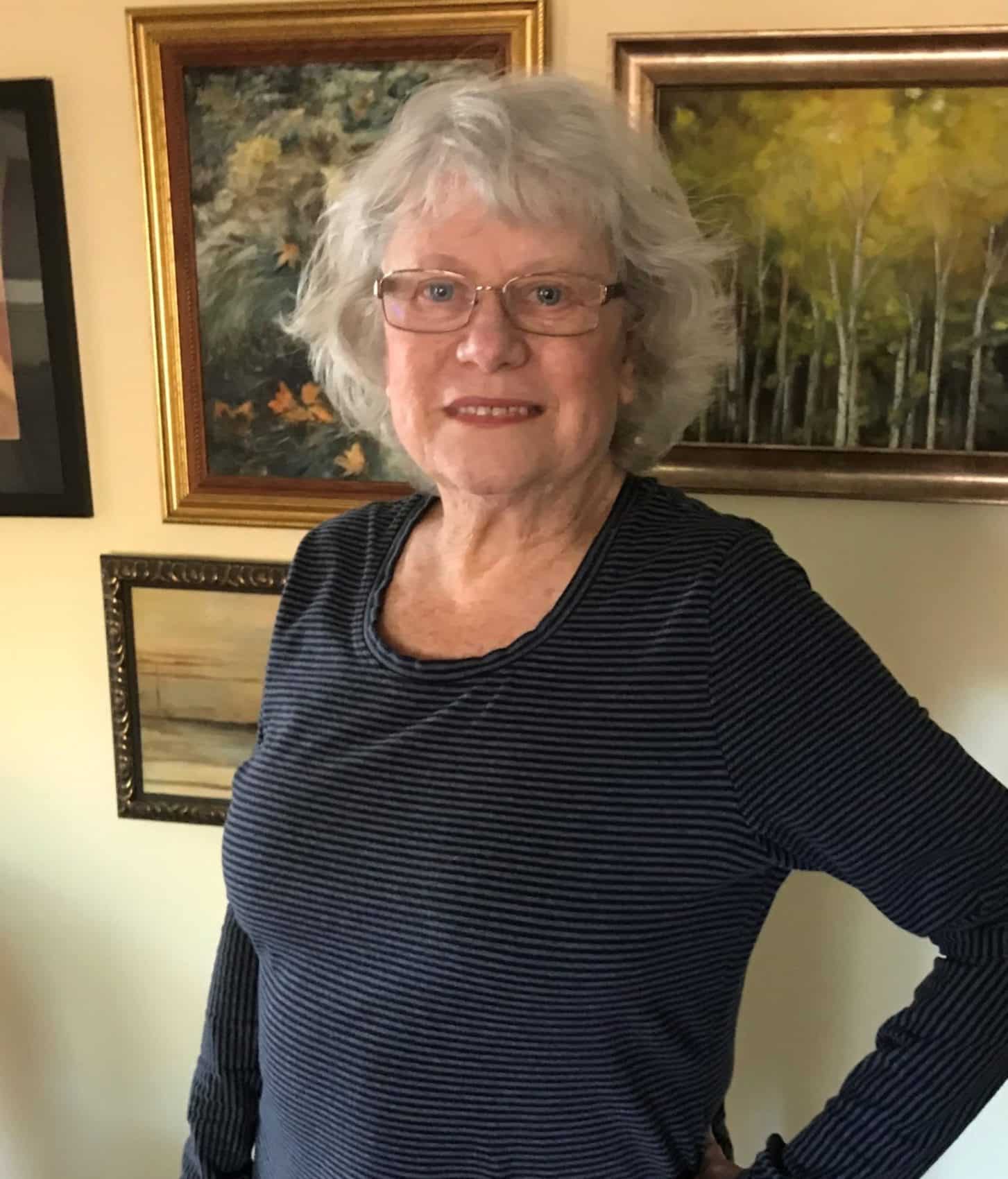
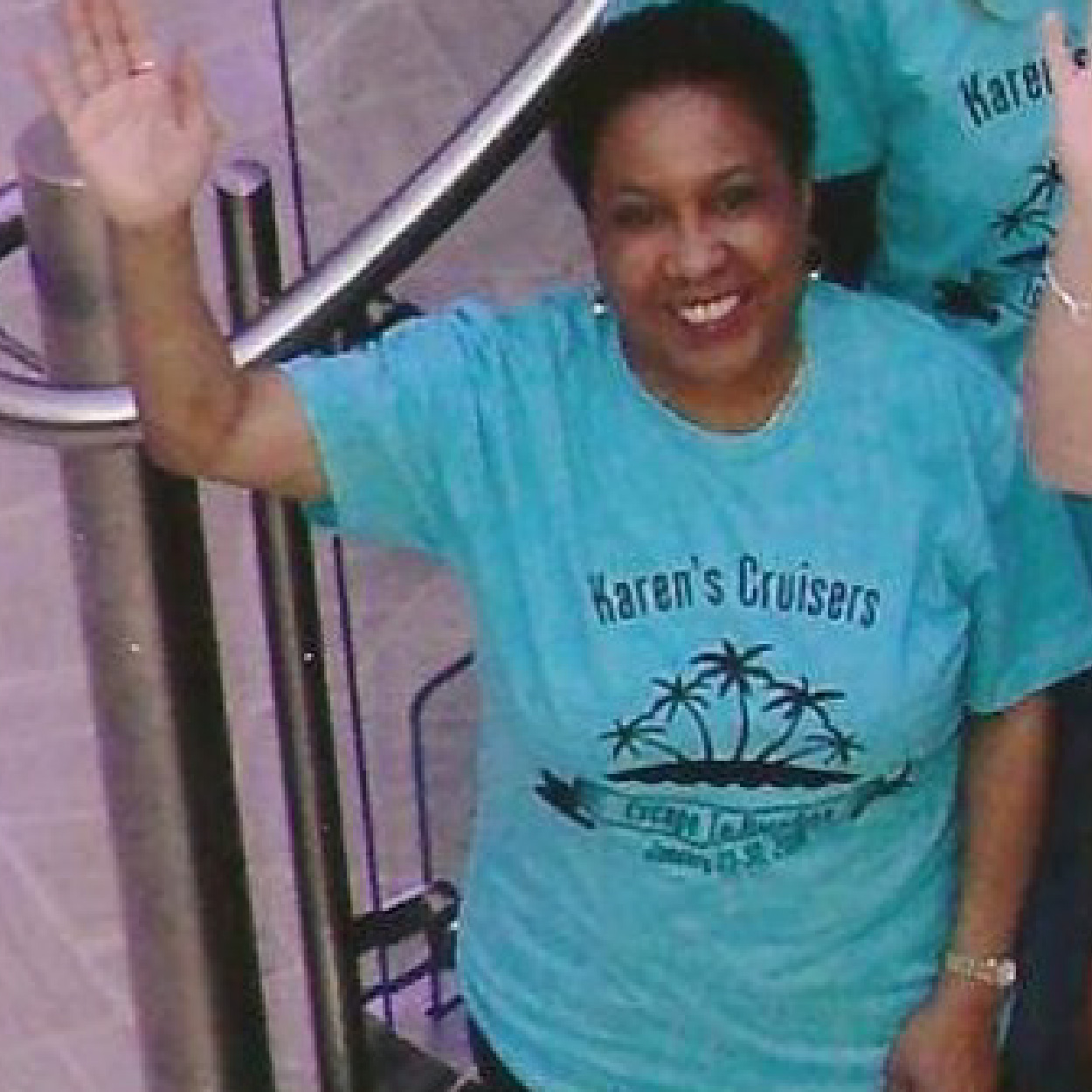
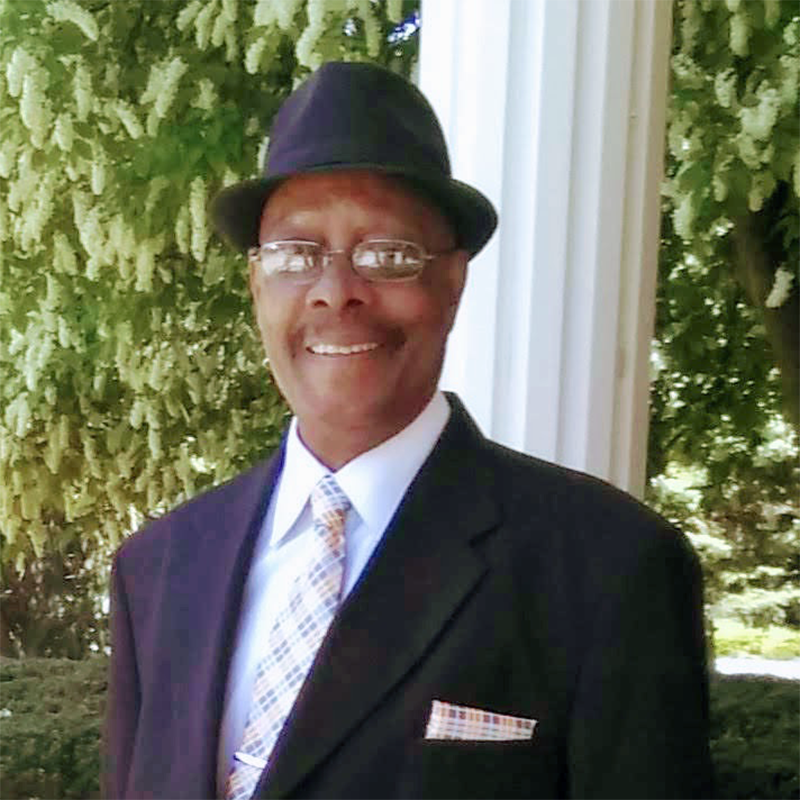

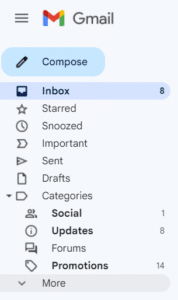 If you do not see an email from “Val at Zephyr Valve” in your inbox within 15 minutes of signing up, go to your “Spam” folder within Gmail. (You may have to click "More" to see the Spam folder.) Select the email from "Val at Zephyr Valve."
There will be a gray box at the top that says “Why is this message in spam?” Click the “Report Not Spam” button. This will move the email to your inbox.
If you do not see an email from “Val at Zephyr Valve” in your inbox within 15 minutes of signing up, go to your “Spam” folder within Gmail. (You may have to click "More" to see the Spam folder.) Select the email from "Val at Zephyr Valve."
There will be a gray box at the top that says “Why is this message in spam?” Click the “Report Not Spam” button. This will move the email to your inbox. Go back to your inbox and open the email. Click on the icon next to “Val at Zephyr Valve”, you’ll see a person icon with a “+”. Click that, and you can add Val to your Contacts list. If you don’t receive a second email from us in a few days, please check your Spam folder again.
Go back to your inbox and open the email. Click on the icon next to “Val at Zephyr Valve”, you’ll see a person icon with a “+”. Click that, and you can add Val to your Contacts list. If you don’t receive a second email from us in a few days, please check your Spam folder again.
